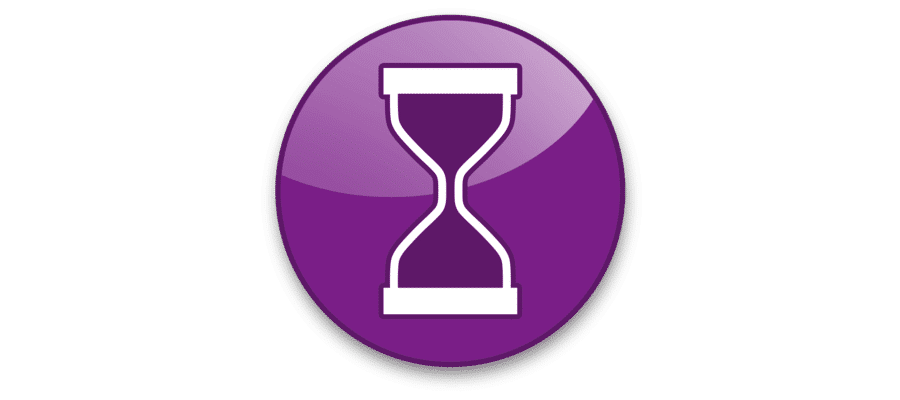A Day in the life of a Scrum Master

A Scrum Master's day can be an exciting day; although the primary role is to create high-performing teams and ensure Scrum adds value to the overall product development, the hassles under the surface are exciting and equally challenging.
Who is a Scrum Master?
The Scrum Master is responsible for promoting and supporting Scrum as defined in the Scrum Guide. Simply put, they coach, train, mentor and facilitate Scrum teams to organize, manage, and achieve desired team and organizational objectives. These responsibilities are played using a leadership style called 'Servant Leadership'.
What is Servant Leadership?
Servant Leadership means leading the Scrum Team by serving them. Serving is about removing high-priority blockers.
Leadership is not a given authority but provided as a service. A Scrum Master role is not performed as 'command and control' but by 'empowering and enabling' teams.
Scrum Master role is to improve the efficiency of Developer, Product Owner and the entire organization. The main focus of a Scrum Master is to support the changing processes, behaviours, and cultures in an organization, in order to make Scrum create value for all the stakeholders.
Let's dive into what are the activities a Scrum Master looks like in detail.
Scrum Mastery within the Scrum Team
- Resolve impediments, if any faced by the Developer.
- Help Product Owner to learn various prioritization techniques so that the Product Owner can prioritize the Product Backlog accordingly.
- Empower Developer members to talk to Product Owner (and Stakeholders if required) directly, rather than remaining a mere bridge of communication.
- Protect Scrum Team to minimize outside influences.
- Play a peer team member in the Sprint Retrospective.
Facilitating Scrum Events
- Ensure that the Scrum Events take place, everyone understands the purpose and facilitate the Events.
- A Scrum Master is not just creating schedules on calendars or arranging logistics. A great facilitator understands organizational goals and ensures the team is on the right track towards achieving them. For instance, Sprint Retrospectives are meant to identify improvement areas and suggesting further actions. Thus, a Scrum Master prepares to meet the potential problems and guiding the team to resolve them.
Help other Scrum Teams
- Help other Scrum Teams viz. Developers, Scrum Masters and Product Owners to understand Scrum and do Scrum right.
- Mentor and Coach other Scrum Masters.
Working with the Management teams and other Stakeholders
- A Scrum Master works closely with the leadership to ensures they are set up for success by training, coaching and mentoring for facing the upcoming challenges and opportunities.
- Help management teams to understand their role in the overall transformation of the organization and how they can act as Servant Leaders.
- Plan and implement Scrum adoption across the organization.
- For new organizations, the transition to an Agile way of working might take time and present challenges. Hence it is the responsibility of the Scrum Master to educate the Stakeholders and team members through the transition.
Technical help
- Coach teams on technical practices.
- If there is technical debt building up, discuss with the Developer (and with the Product Owner, if necessary) the strategies to deal with it.
Analyze information radiators
Information radiators like Burndown Charts and Boards are crucial indicators for an Agile organization - for both Scrum Teams and Stakeholders. Though a Scrum Master is not accountable for these metrics, it would be very handy for a Scrum Master to continuously analyze these information radiators to ensure teams are moving in the right direction and the organizations are optimizing value. After all, a Scrum Master is the one who strives to make the teams, management and stakeholders focused on the current responsibilities as well as keeping an eye on the big picture.
Scrum Master versus Project Manager
Most companies confuse Scrum Master role with that of a Project Manager; but there are considerable differences. A Project Manager plans, manages and controls the plan to meet business requirements; whereas Scrum Master role is to act as a servant leader and ensure the Scrum Team is able to move forward without any impediments. The accountability of delivery lies with a Project Manager while in Scrum, the delivery accountability is decentralized - divided amongst the three Scrum roles namely Scrum Master, Product Owner and Developer.
Final thoughts
A Scrum Master might do several activities every day and still leverage the fine art of doing nothing on purpose on few days. If you are a novice or wannabe Scrum Master, be prepared for the roller coaster ride. Each day of your life will bring new hurdles and growth opportunities, and it would be a great learning opportunity to take the team through the changes.
Useful Links:
Scrum Master Course Training Philippines, A-CSM Virtual Certification Training Manchester, SAFe Agilist Training Baton Rouge, Product Owner Certification Training Augusta, Advanced Certified Product Owner Online Certification Seattle, Advanced Product Owner Course Boise, SAFe Agilist Certification Course Chennai, Advanced Certified Product Owner Certification Training Wellington, Scrum Product Owner Virtual Certification Training Sioux Falls, SAFe Agilist Virtual Certification Training Tampa



